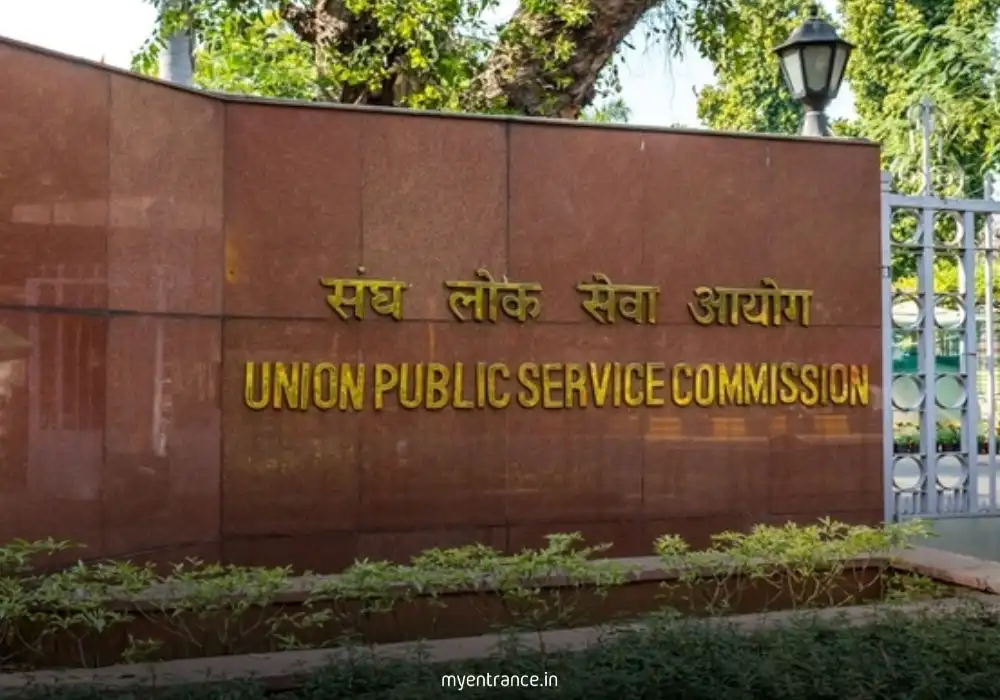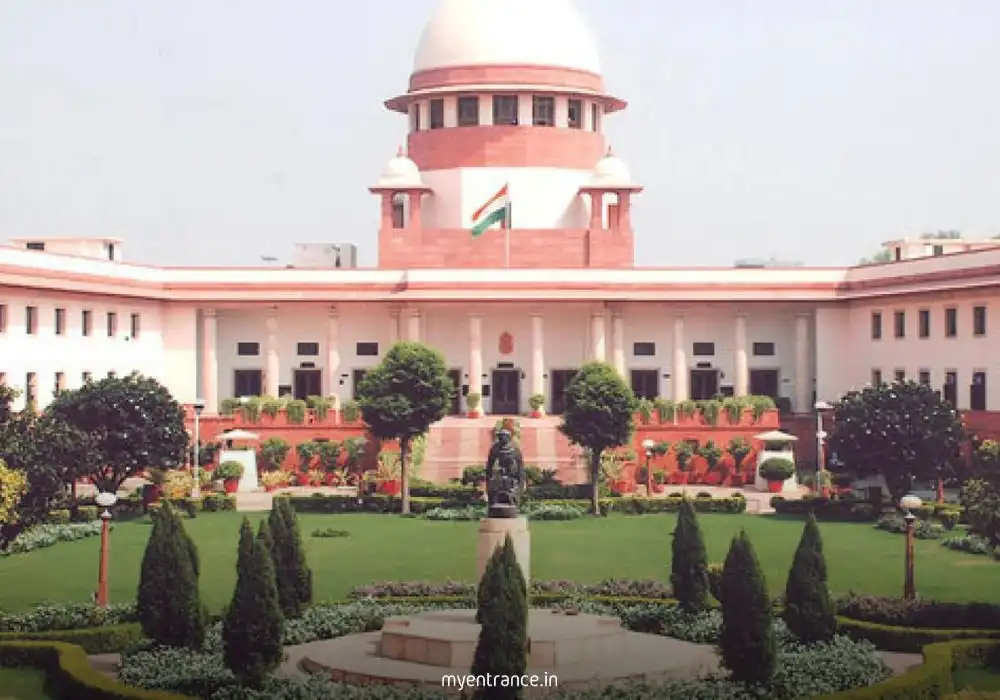Translate Language
Beyond Calcutta: The British Plan to Move India’s Capital to Pune
The seismic shock of the 1857 Revolt forced the British Raj into deep strategic reconsideration. A critical question emerged: should Calcutta remain India’s capital? Among the surprising alternatives seriously debated was Pune – praised for its climate and location. This near-decision reveals fascinating insights into colonial anxieties and administrative planning crucial for understanding modern Indian history.

Let’s delve into a pivotal, yet often overlooked, chapter in the administrative history of British India following the 1857 Revolt. The rebellion fundamentally shook British confidence in Calcutta’s suitability as the capital. Concerns weren’t just administrative; they were strategic and deeply personal for the colonial rulers.
Calcutta’s location on the eastern periphery was seen as a liability. In the event of another major uprising in the populous northern heartlands – the very region where the 1857 revolt had its strongest hold – reacting swiftly from Calcutta was deemed near impossible. Furthermore, the city’s punishing tropical climate, described unflatteringly as a “vast pestilential vapour bath,” took a severe toll on European health. The search for a safer, healthier, and more centrally located capital became an urgent priority.
Several locations were hotly debated within the corridors of power:
Central India was championed by Viceroy Lord Canning.
Proposals flew in for Jabalpur, Darjeeling, Allahabad, Agra, and Delhi.
Bombay (Mumbai) was also a strong contender due to its port and established infrastructure.
Enter Lord John Lawrence, appointed Viceroy in 1864. While Lawrence himself was famously enamoured with Shimla’s cool climate (insisting on moving his government there for health reasons), he also presented a highly significant alternative to the “capital problem.” He formally proposed Pune (then Poona) as a potential permanent replacement for Calcutta.
Lawrence acknowledged Pune’s compelling advantages:
“Salubrious Position”: Its climate was considered far healthier and more tolerable for Europeans year-round compared to Calcutta.
Proximity to the Coast: Though inland, Pune was just 80 miles from the major port of Bombay, connected by a vital railway line. This ensured crucial communication links with Britain.
Strategic Access: Its location in Western India offered relative security.
However, Lawrence ultimately argued against Pune, presenting key strategic drawbacks:
“Quite in a Corner”: He felt Pune was too far west, isolated from the critical northern plains (Hindustan) and the volatile North-West Frontier, where Russian threats loomed large.
Vulnerable Communications: He feared key routes connecting Pune to the north could be easily severed during rebellions by the “great block of the Rajpootana states and the Gwalior country.”
Lack of Visibility: Lawrence worried a Viceroy based permanently in Pune would be “practically unknown in Hindustan,” weakening the symbolic presence of British authority in the crucial Gangetic belt.
Instead, Lawrence pushed his compromise: keep Calcutta as the official capital but establish Shimla as the Summer Capital for six months. He argued this “half-and-half” solution allowed the Viceroy to be seen in both Bengal and the North, connected by a “chain of military stations.” Despite initial reservations in London and fierce criticism labelling the mass government migration to Shimla a costly “gigantic picnic” that isolated rulers from Indian realities, Lawrence’s vision prevailed. Shimla became the de facto summer seat of power until 1939, while the search for a truly central capital ultimately led to Delhi in 1911.
Why This Matters for Aspirants:
Understanding this episode is vital:
Post-1857 Strategy: It highlights the profound psychological and administrative impact of the 1857 Revolt on British policy, driving the quest for a more defensible capital.
Colonial Priorities: It reveals how British decisions balanced perceived health needs, strategic military concerns, administrative control, and communication links.
Pune’s Significance: It underscores Pune’s established importance in Western India, recognized even by the British for its climate and infrastructure.
Administrative Evolution: The Shimla-Calcutta dual capital system, born partly from rejecting Pune as the sole capital, was a unique and controversial feature of British rule until Delhi’s rise.
Critical Analysis: Learning about the criticisms of the “hill station culture” helps analyze the disconnect between the rulers and the ruled, a factor in the growth of Indian nationalism.
Grasping these nuances of administrative history provides crucial context for answering questions on colonial governance, the impact of 1857, and India’s geopolitical evolution – essential for cracking exams like UPSC, SSC, PSC, and KAS. Remember, history isn’t just about what happened, but also about the paths almost taken. Pune’s near-selection as capital is one such fascinating fork in the road.
Get 3 Months Free Access for SSC, PSC, NIFT & NID
Boost your exam prep!
Use offer code WELCOME28 to get 3 months free subscription. Start preparing today!















